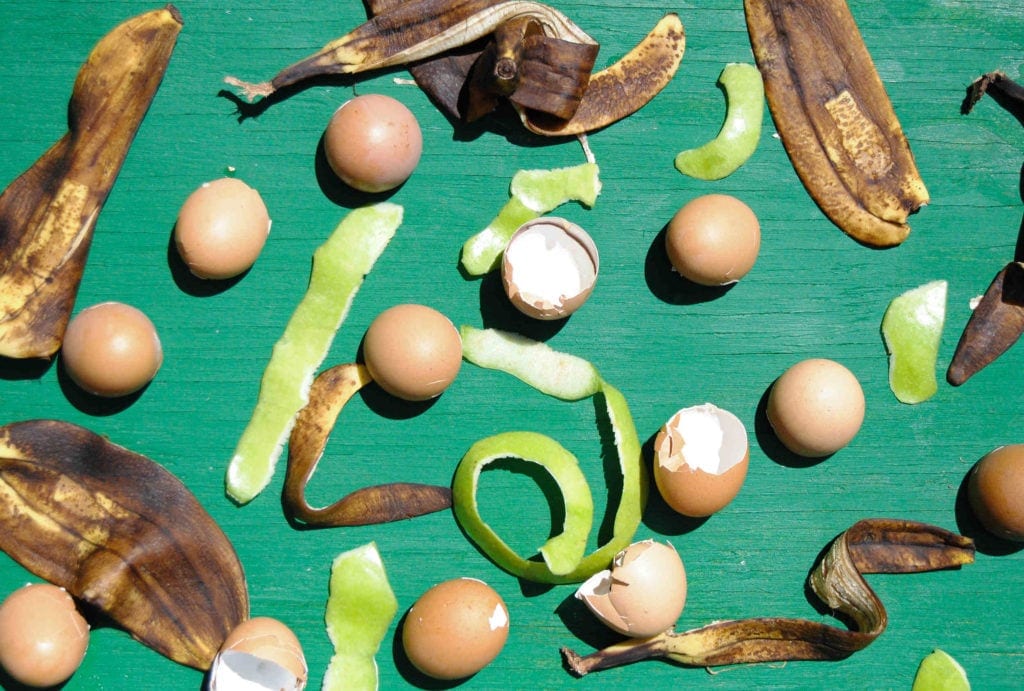If you’re reading this article, you’ve probably felt a tinge of guilt throwing out leftovers, or a fruit or vegetable you forgot about in the fridge and let go bad. We confront food waste in our own homes pretty often, and it never feels good to throw out food you spent money on and intended to eat.
But food waste on a large scale is bigger than just tossing a banana or two that you accidentally let get brown. It’s a systematic problem that needs to be addressed at every level of the food production process. Here’s a look into where and why food waste is an issue in our food supply chain.
It is estimated that a whopping 40% of food gets tossed annually in the United States.
Food Waste in Production
On the manufacturing level, facilities that turn raw ingredients into ready-to-eat food, operate with an average of 5% of their food getting wasted during a normal production cycle. With close to 40,000 food manufacturing production sites in the United States alone, this translates to hundreds of thousands of tons of food being wasted, before it is even fully produced.
What’s worse, simple changes to processes could reduce this number by a landslide. With little regulation on food waste and no incentive for companies to change their practices, food manufacturers conduct their production process in suboptimal ways.
For example, facilities that produce foods with common allergens such as nuts, but also produce foods that are “nut-free”, have to let their machines process for a significant amount of time when switching between their nut products, and their nut-free products. All of the packaged and processed food that is produced during that time goes directly to waste.
There are countless examples of poor practices just like this. Now multiply that by 40,000 facilities. Needless to say, it’s a ridiculous amount of unnecessary waste. And we haven’t even made it out of production yet.
Food Waste in Transportation
Once the raw ingredients are harvested on farms, they have to travel to production facilities to be packaged or transformed into ready-to-eat food. The manufactured food then has to travel from the food production facilities to the grocery stores where you purchase them for your pantry, refrigerator, or well, your stomach!
And as you may have guessed, it doesn’t always make it. Even with the energy-consuming refrigeration and extra plastics used during transport, fruits and vegetables turn color, wilt, or start to rot. Cookies and pretzels get crushed. Icing melts off of cakes and glass bottles with drinks get smashed.
Between production and transportation, 14% of food harvested is lost before reaching the retail market.
Food Waste in Retail
While only a small percentage of food is actually wasted at this level, the demands and poor practices of retailers is the driving factor behind the waste we see on all levels.
For one, supermarkets keep out-of-season produce year-round, to meet consumer demand. Setting the stage for the bad habit of eating foods that have to travel far and wide to get to our table.
The supermarket’s current system for expiration dates also poses a problem. There is confusion between sell by, use by, and best-by dates, causing people to throw away foods that are still perfectly edible.
Hint: the only expiry dates you should concern yourself with are “use by” dates. The date specified by “use by” is usually associated with meat or dairy, and consuming food after this date can pose a health risk. But “best-by” and “sell by” dates are just loose guidelines. You can eat food well past those dates as long as they still smell and look fresh.
And lastly, supermarkets only sell the produce that they deem as appetizing. Mis-shapen and dull-colored produce is tossed, even though it tastes just the same. Inorganic produce that is bigger and brighter is pushed to consumers, forcing farms to use more fertilizers and pesticides to produce “pretty” crops.
Food Waste at Home
After absorbing the catastrophic amount of waste happening during production, transportation, and retail, it’s easy to feel helpless. But here’s the thing.
In developed countries, 50% of food waste happens at home.
That means that we have the power to cut the amount of food waste by HALF.
Why We Should Care About Food Waste
Two big—no, huge—reasons!
1. It’s awful for the Environment.
The food industry accounts for 25% of greenhouse gas emissions, is responsible for the destruction of ecosystems by way of air, water, soil, and noise pollution, and uses up a quarter of our global freshwater consumption annually. And for all of that energy, disruption, and pollution, only just over half of it is even consumed.
Additionally, food that goes to waste is sitting in landfills, creating tons of toxic methane, and food packaging is ending up as microplastics in our oceans.
With all of the strain the food industry puts on our environment, for 40% of it to go to waste is catastrophic.
2. It’s ethically wrong.
1 in 9 people in the world are hungry or malnourished—that’s 800 million people who sadly go to bed hungry every night. And it’s not because there is a lack of food.
Demand for food in the West drives up prices of food elsewhere, making access to food harder for people in developing countries. What’s worse, is a lot of places that have issues with food accessibility, are the same places that the food is actually produced.
Think about it this way, food is leaving countries that desperately need it to come to countries who end up wasting it.
Systematic issues exist on a high level, but we can still have a big impact. Read all about solutions and what you can do to help in my article, 9 Food Choices We Can Make To Live More Sustainably.

Food Waste FAQ’s
Food waste is any food product that is not consumed and instead goes to a landfill, where it breaks down into toxic methane and water, the water eventually mixing with other chemicals in the landfill to form a toxic sludge called “leachate”.
It is estimated that about half of food waste happens in people’s homes, either from food reaching an expiration date or going bad and being thrown out.
Food waste is an issue on both an environmental and ethical level. The production of food contributes to deforestation, greenhouse gas emissions, and toxic runoff, and only about 60% of it is consumed. Additionally, uneaten food that goes to landfills produces methane and toxic sludge.








